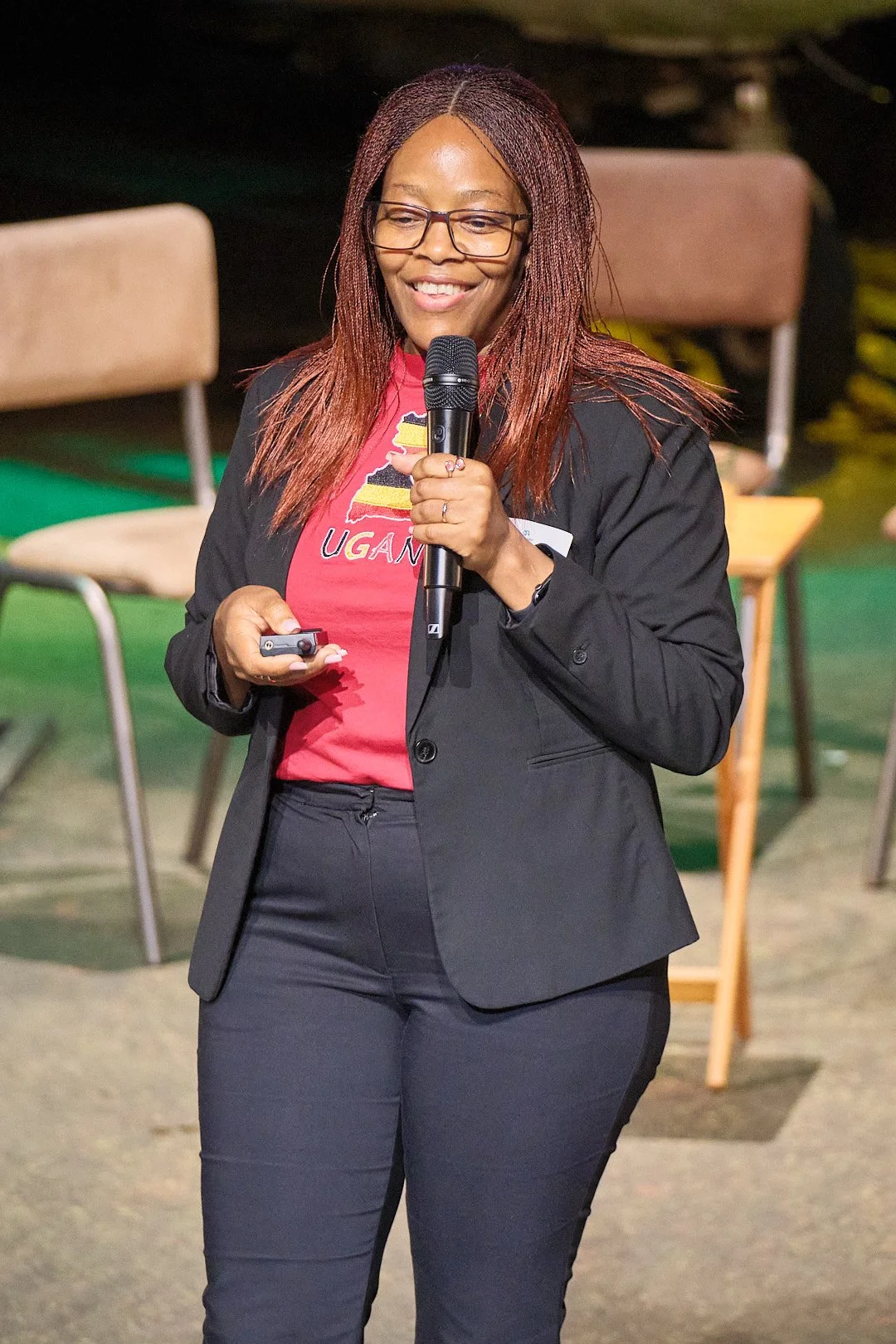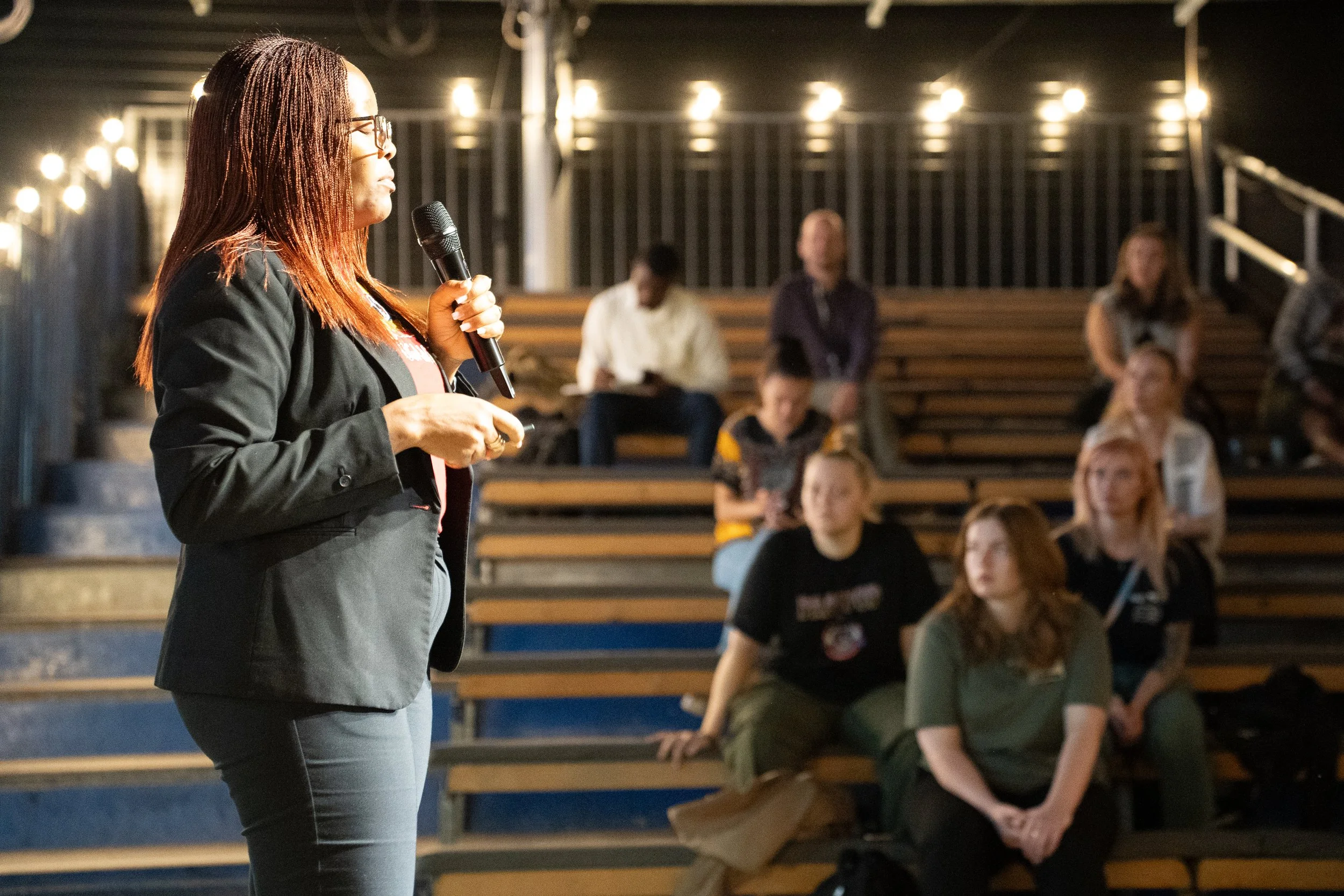Justice for Wildlife: Bringing the Law to the Frontline of Conservation
At the Nature FIRST Final Conference, Gladys Kamasanyu, Chief Magistrate with the Uganda Judiciary and head of the Uganda Wildlife Court, delivered a keynote that was both powerful and deeply grounded in practice. Her address focused on a question central to wildlife conservation: how can justice systems respond to the silent victims of environmental crime?
“Wildlife cannot speak for itself, but we can. When we speak for wildlife, we are also speaking for ourselves. Let’s act before it is too late.”
A Court for the Voiceless
Wildlife crime, she explained, is a unique category. It is often unseen, unreported, and victimless in the legal sense. There is no human to appear in court to explain what was lost. Yet, the consequences are significant. From pangolins and elephants to ancient forests, the damage is real and irreversible. “By the time we act, it is often too late,” she said.
In Uganda, the judiciary has taken an active role. In 2017, a dedicated Wildlife Court was established to accelerate trials and strengthen legal responses. It is one of the few of its kind globally, and currently the only one in Africa. “We needed a court that prioritises cases that no one else would bring forward,” she said. “Cases without a victim, without a witness, and with no one to speak for the animal.”
The court has processed over 2,500 cases, some concluded in a single day, with others resolved in under six months. In 2022, Gladys handed down Uganda’s first life sentence in a wildlife trafficking case, responding to a repeat offender involved in the ivory trade.
Beyond the Courtroom: Preventing Harm Before It Happens
However, she emphasised that the courtroom is not enough. “Our work is reactive. By the time a case comes to court, life has already been lost.” This is why she founded Help African Animals, a nonprofit working to increase awareness, build capacity in law enforcement, and promote a culture of prevention.
Through outreach in fishing and hunting communities, training for police and military, and education on legal rights and responsibilities, the organisation seeks to reduce harm before it happens. “People often break the law without knowing it,” she said. “Or they do so because they see no other choice. If we want to protect wildlife, we need to protect people too. Especially the families left behind.”
Using Technology to Strengthen Justice
In her conversation after the keynote, Gladys shared her views on technology in wildlife crime investigations. She confirmed that satellite data is already being used in Uganda to help determine whether a crime occurred within protected areas. “We rely on coordinates to establish the location of incidents. In many places, there are no physical boundaries, so we use spatial data to support the evidence.”
However, she pointed out that the use of such data is not straightforward. “It’s not enough to have the data. You need to know how to obtain it, how to preserve it, and how to present it in court without breaking the chain of custody.” She noted that this also applies to any digital or electronic evidence, including images or video from phones. If mishandled or improperly transferred, the evidence can be dismissed.
When asked about the role of artificial intelligence, she expressed caution. “If there is no human to be cross-examined, how do we meet the legal standard of proof? The law still requires a person to answer for the evidence. We cannot replace that yet.”
Still, she sees strong potential in technology—if used wisely and supported with training. “We need to build capacity so that people can use the tools they have, and use them well.”
A Call for Awareness, Capacity, and Collective Action
For many in the audience, her story was a reminder of the need to connect policy, law, and practice. She described how her non-profit engages with local communities and listens to their realities. “You cannot protect wildlife if people see it as a threat. We need to show them the value, and also help them find alternatives that support their livelihoods.”
Gladys concluded her speech with a call to action. “Wildlife cannot speak for itself, but we can. When we speak for wildlife, we are also speaking for ourselves. Let’s act before it is too late.”


